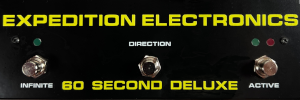Showing posts with label Digelius. Show all posts
Showing posts with label Digelius. Show all posts
Friday, September 26, 2014
Thursday, September 25, 2014
Rare Vintage Synth Scans via Brian Kehew
Brian Kehew gave a presentation on his vintage synthesizer brochures at Knobcon this year. He sent in a few select scans to share with readers of MATRIXSYNTH. Enjoy! Be sure to see the channel labels at the bottom of the post for any you are not familiar with. Three of these warranted separate posts that just went up. You'll find links to them below. These are an amazing bit of synth history, many of which have never been shared online before. HUGE THANK YOU to Brian Kehew for sharing these with us!
The scans pictured in order:
Moog Sonic V Synthesizer "Makes Waves"
ARP Synthesizers
ARP Modular Synthesizer Lab
EML
EMS SYNTHI FLI (always thought of it as the Hi-Fli but the had only has FLI)
Performer by Ionic
Variophone
Sequential Circuits Model 600 Sequencer (see this post for a write-up)
Digelius Electronics Finland DEMI (see this post for a write-up)
DMX-101 Computer Sound Processor for a whopping $35,300 at the time. (see this post for a write-up)

The Digelius DIMI Music Instrument, Computer, Synthesizer, Studio, Rabbit
Brochure scan in via Brian Kehew. This is the first time Digelius has been featured here on MATRIXSYNTH. The following is the description from the scan followed by some info on the man behind Digelius, Erkki Kurenniemi.
“DIMI IS A MUSIC INSTRUMENT. DIMI IS A COMPUTER. DIMI IS A SYNTHESIZER. DIMI IS A MINIATURE ELECTRONIC MUSIC STUDIO. DIMI IS A RABBIT.
The essential part of the digital instrument DIMI is an integrated circuit memory which is capable of storing an almost endless variety of musical structures.
The digitally controlled sound generators can be operated either by manual instructions from the keyboard or by instructions stored in the memory.
Any manual instruction can be recorded into the memory by touching the R-key. The selective erase function permits flexible editing of the stored program.
The interplay between manual and stored instructions results in a music instrument with possibilities not surmised earlier.
* MOS integrated circuit content addressable memory, 100 words 16 bits each.
* two sound generators, eight octaves chromatic scale
* vibrato unit, amplitude variable in eight steps and several frequencies
* two external general purpose inputs
* two selectors for eight sound sources
* two attenuators, seven steps six decibels each and off
* two banks of eight octave band pass filters
* three modulators
* rhythm generator, 48 different durations or tempi
* all parameters are digitally controlled and thus programmable
* contains about 250 integrated circuits
* dimentions 40x40x15 cm
* price 15 300 Fmk (about 3750 US$)
Digelius Electronics Finland Oy
Huvilakatu 24
Helsinki 15
Finland”
Some info on Erkki Kurenniemi via Wikipedia:
"Erkki Kurenniemi (born July 10, 1941 in Hämeenlinna, Finland) is a Finnish designer, philosopher and artist, best known for his electronic music compositions and the electronic instruments he has designed. He is considered one of the leading early pioneers of electronic music in Finland. Kurenniemi is also a science populariser, a futurologist, a pioneer of media culture, and an experimental film-maker.
Kurenniemi completed the majority of his instruments, electronic compositions and experimental films in the 1960s and 1970s. Between 1962 and 1974, he designed and constructed ten electronic instruments and studio devices when he was working as a volunteer assistant at the Department of Musicology at the University of Helsinki, and as designer at Digelius Electronics Finland Oy, founded in 1970. In addition to the Musicology Department, Kurenniemi also worked as assistant and senior designer at the Department of Theoretical Physics from 1962 to 1973. Kurenniemi earned a Bachelor of Sciences degree in 1968.
He subsequently worked as a designer of control systems for industrial robots at Oy W. Rosenlew Ab (1976–1978), and as a designer of industrial automation and robotic systems at Nokia’s cable machinery division (1980–1986). He also worked as a specialist consultant and Head of Planning at the Science Centre Heureka in Vantaa, Finland (1987–1998).
Kurenniemi received the Finland Prize of the Ministry of Education and Culture in 2003.[1] In 2004, he was elected honorary fellow of the University of Art and Design Helsinki.[2] 2011 Kurenniemi received Order of the Lion of Finland medal from The President of Finland Mrs. Tarja Halonen."
Update via Unknown in the comments: There's an article on Erkki Kurenniemi in the September 2013 issue of Sound on Sound (available online here). Definitely worth checking out.
Pictured: "Erkki Kurenniemi's first instrument was the Integrated Synthesizer. Completed in 1967, it used pin-matrix programming on a huge scale."
NEXT PAGE
HOME
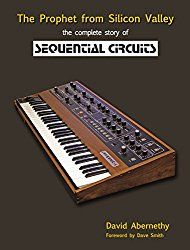



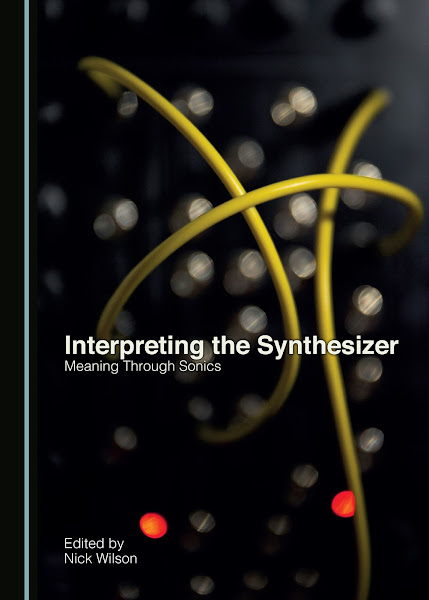
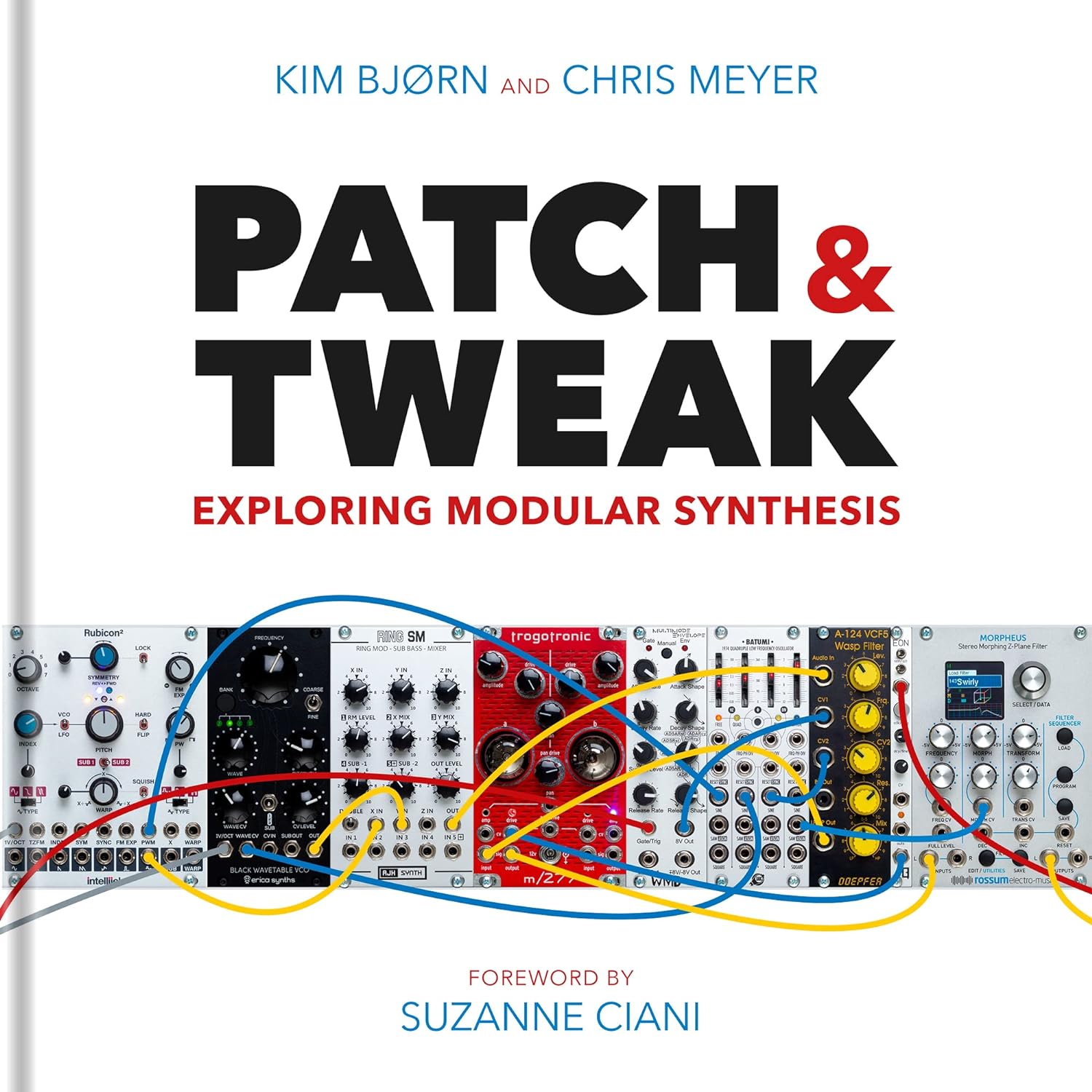

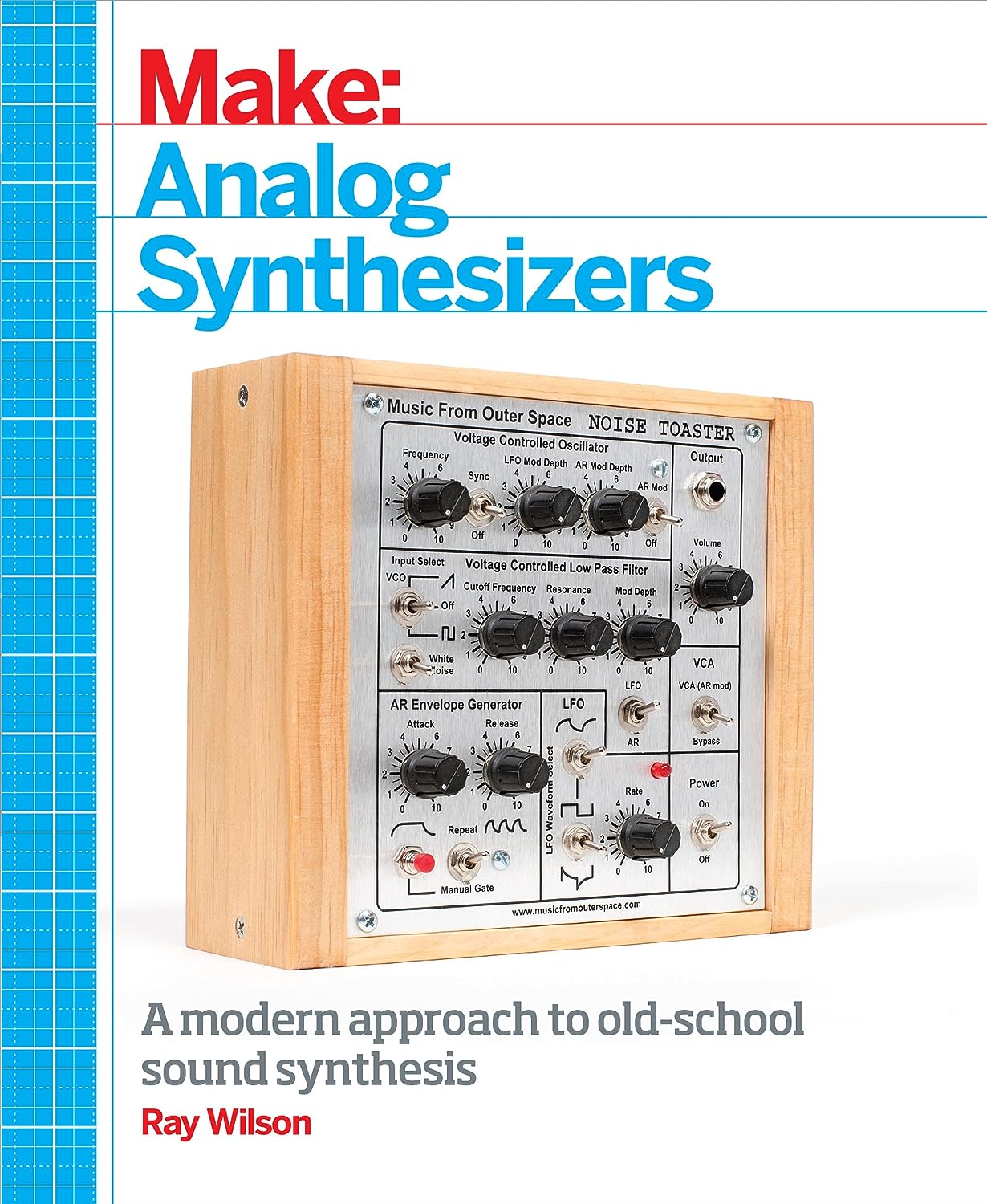

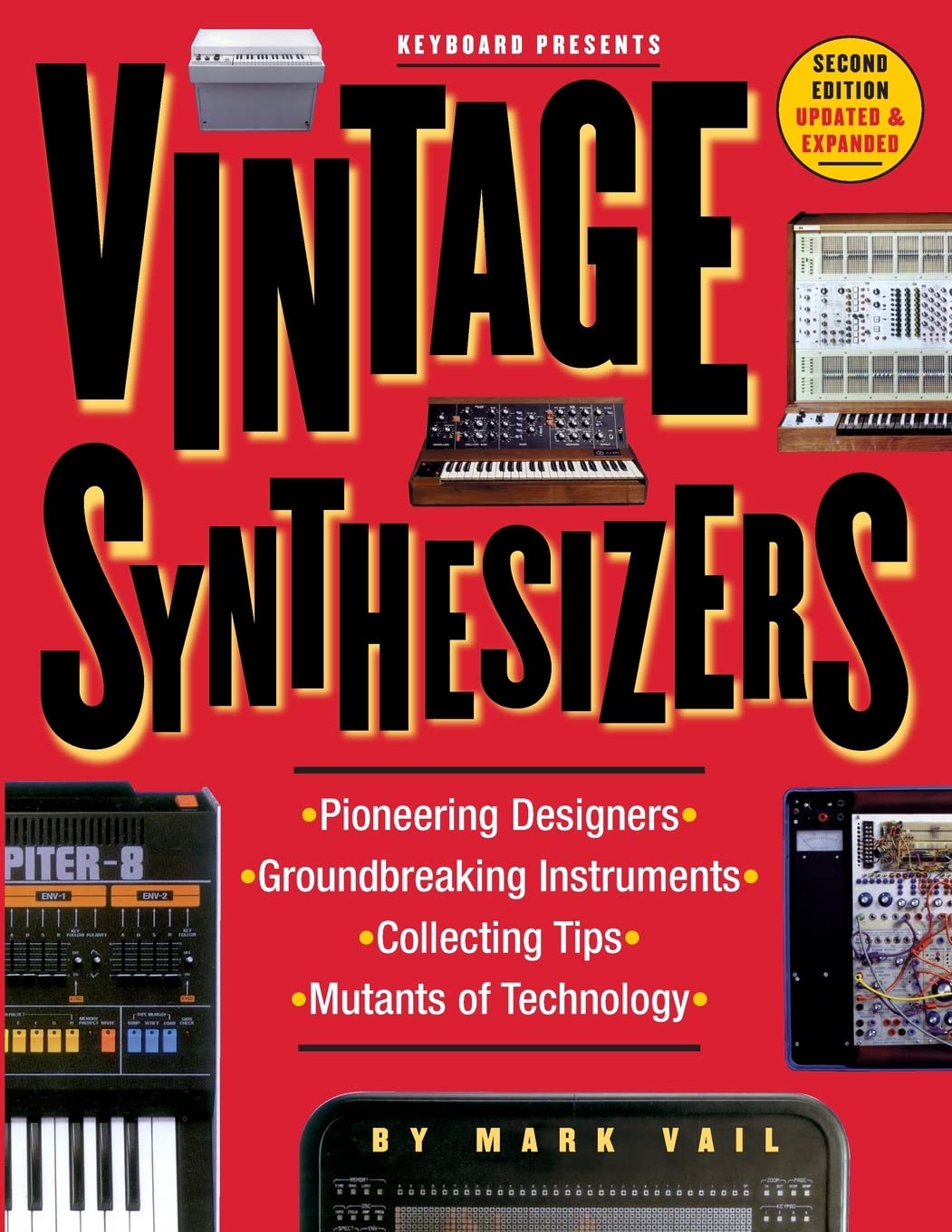
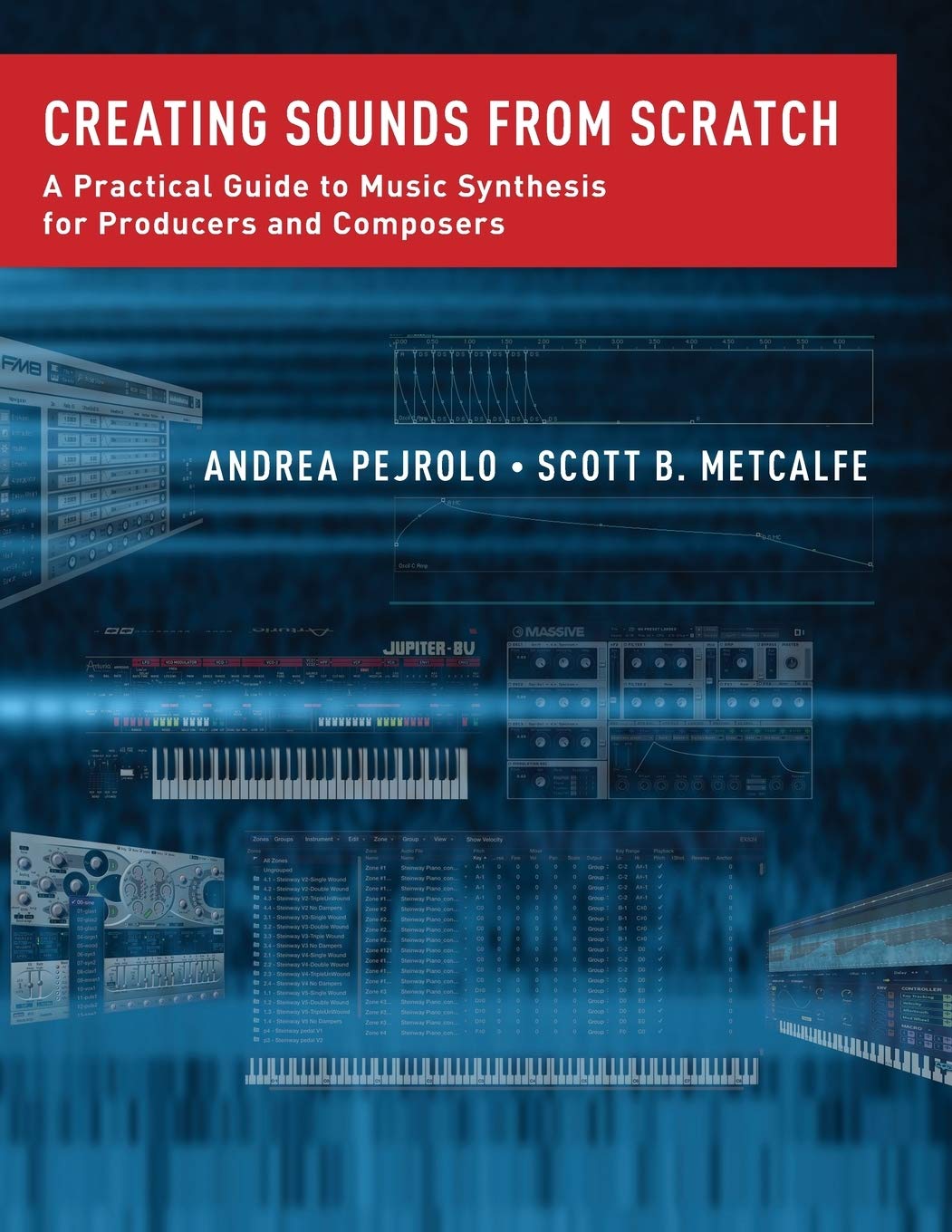
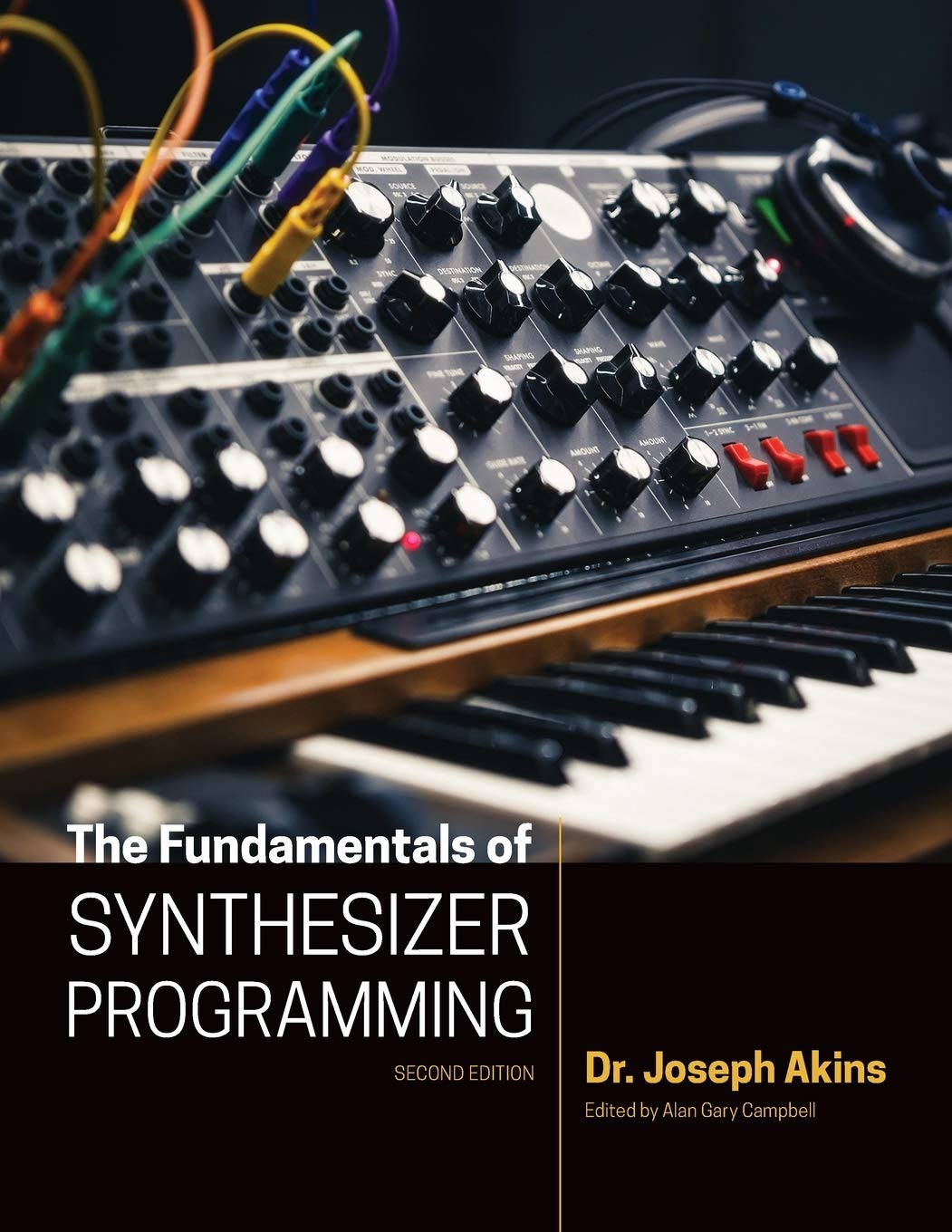

© Matrixsynth - All posts are presented here for informative, historical and educative purposes as applicable within fair use.
MATRIXSYNTH is supported by affiliate links that use cookies to track clickthroughs and sales. See the privacy policy for details.
MATRIXSYNTH - EVERYTHING SYNTH













© Matrixsynth - All posts are presented here for informative, historical and educative purposes as applicable within fair use.
MATRIXSYNTH is supported by affiliate links that use cookies to track clickthroughs and sales. See the privacy policy for details.
MATRIXSYNTH - EVERYTHING SYNTH


.jpg)














